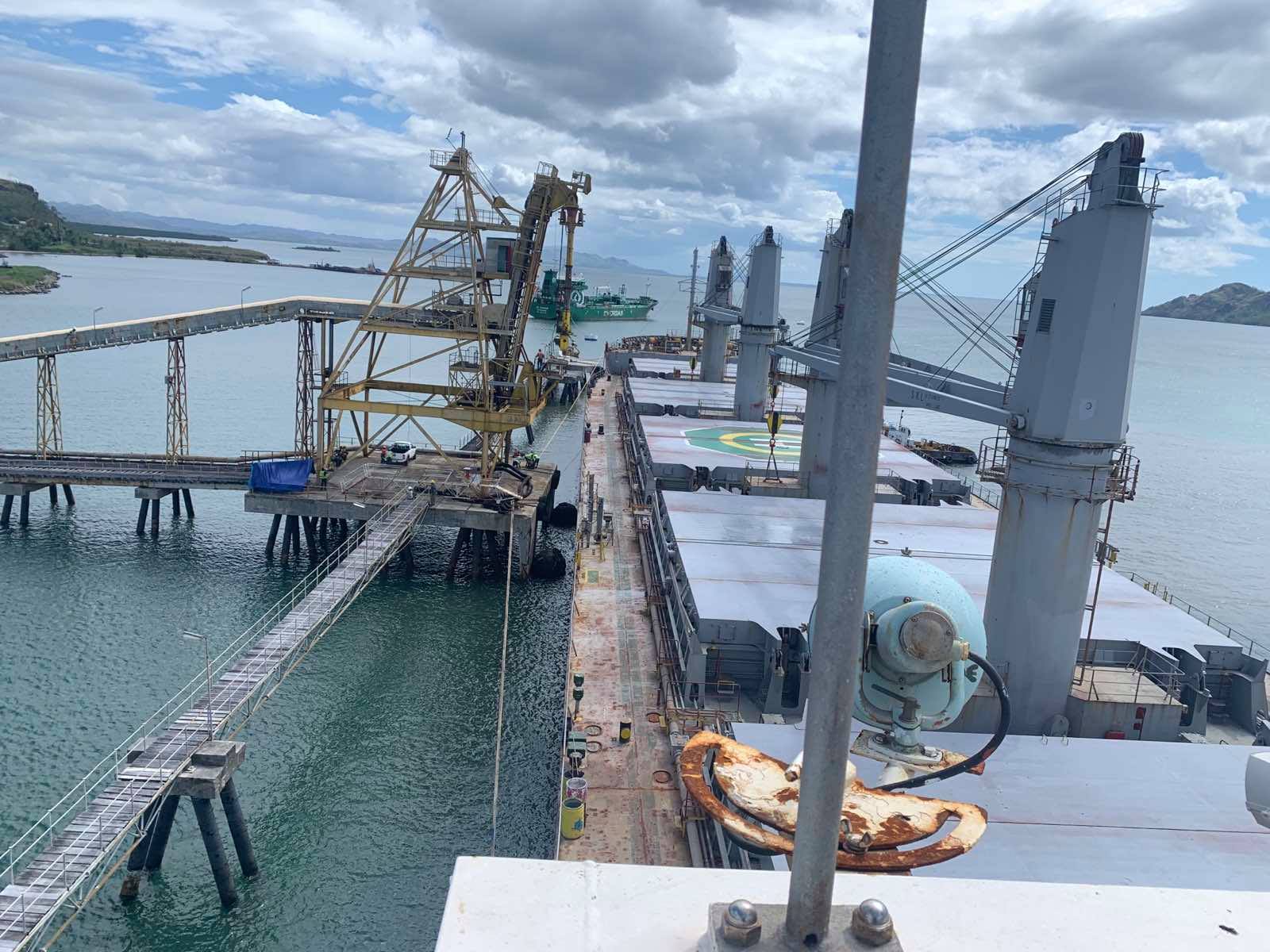As we near the end of 2021, Fiji Ports Corporation Limited (FPCL) is preparing to release its results for the year.
At the end of 2020 Fiji Ports paid its shareholders a $13.63 million dividend, recording an after-tax profit of F$22.73 million for the year ended 31 December 2020.
Fiji’s Government received a $5.59 million share of the dividend for its 41% stake, the Fiji National Provident Fund $5.31 million (39% stake) and Sri Lankan company, Aitken Spence, $2.72 million (20% stake).
The Chair also announced bonus of $217,893 for 155 employees of FPCL and Fiji Ships and Heavy Industries Limited (FSHIL) for their performance in 2020.
While 2021 results are forthcoming, they will be affected by internal border restrictions (especially a prolonged ban on travel to maritime regions) and the cessation of cruise vessel tourism this year.
Fiji Ports is entering the final years of its current strategic plan, which has identified major areas of capital investment relating to yard infrastructure, wharf rehabilitation and other ICT and port operations capital investments.
With assistance from the Asian Development Bank, FPCL is looking at relocation of the Suva Port, which handles 51% of Fiji’s export and import cargo.
“These projects are critical to build confidence in the Fijian economy during the post-COVID recovery period and is critical to fulfilling the FPCL’s vision of becoming a ‘Smart Green Gateway’ for trade in the Pacific region” FPCL says.
Still in Suva, FPCL is looking to build a new passenger terminal at Muaiwalu 2, to cater for the increase in vessels and traffic to the northern, central and southern division of Fiji. The project scope includes contruction of a modern 100% solar powered terminal building, carpark, and seating capacity with user-pay Wi-Fi, departure gates, food stalls, bank, supermarket, conveniences, etc.
“During this pandemic, there have been restrictions on movement of individuals however goods and cargo were still needed and therefore inter-island shipping was a necessity. For an island nation , Fiji Ports on the forefront in enforcing border control and protocols to assist in ensuring the virus does not spread to the outer islands. But most importantly to continue providing service and supplies to the outer-islands,” Fiji Ports says.
Wharf rehabilitation projects will include the upgrade of sections of the Kings and Queens Wharves , Walu Bay Wharf, and Lautoka Local Wharf. The Lautoka Container yard has also been upgraded, reducing the reliance on Suva Port . “Having access to two sea port entry ways is essential in the event one port is no longer functional or maintenance is require then the other Port allows continuity of supply chain services,” FPCL says.
Badly needed upgrading of the Fiji Ships & Heavy Industries Site in Suva is also underway. The slipways account for 93% of FSHIL Revenue, but maintenance costs have increased exponentially over the years.
Now that Fiji’s borders are open, work to install a new Vessel Traffic Management System is imminent. This will modernise the vessel traffic control at Suva Port, and there are plans to introduce the system in Lautoka after that.
FPCL has also been using this downtime the marine and transport sector to conduct feasibility studies to increase port capacities, revise port fees and charges, “identify regional trade and market share opportunities”, and review International Ship Port Facility Security (ISPS) Compliance.
Related stories: Pacific Ports: Climate and COVID
